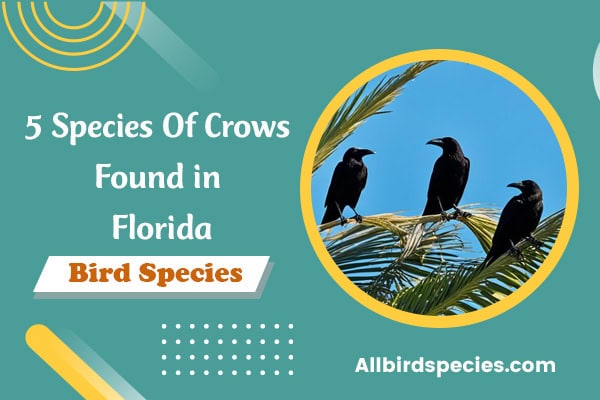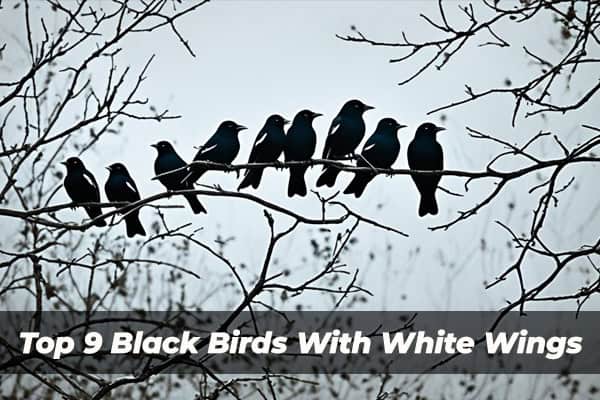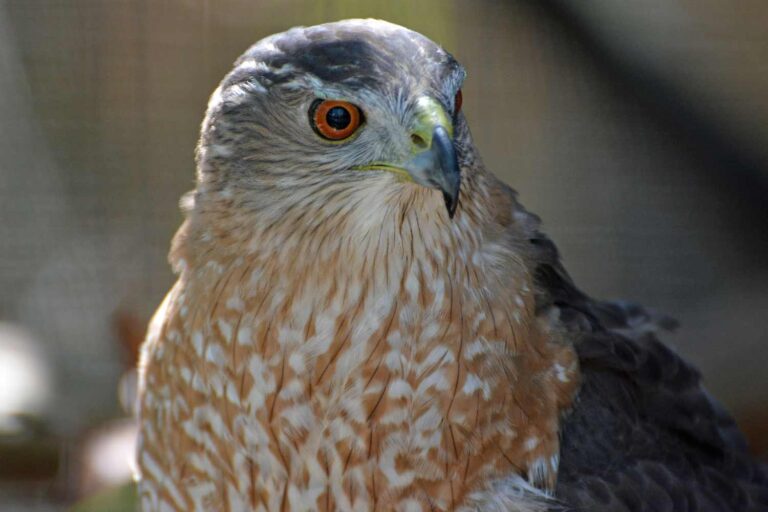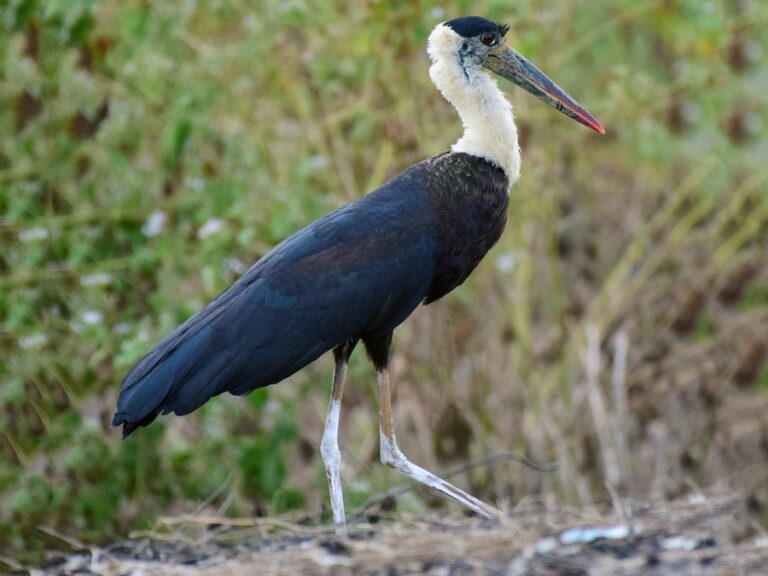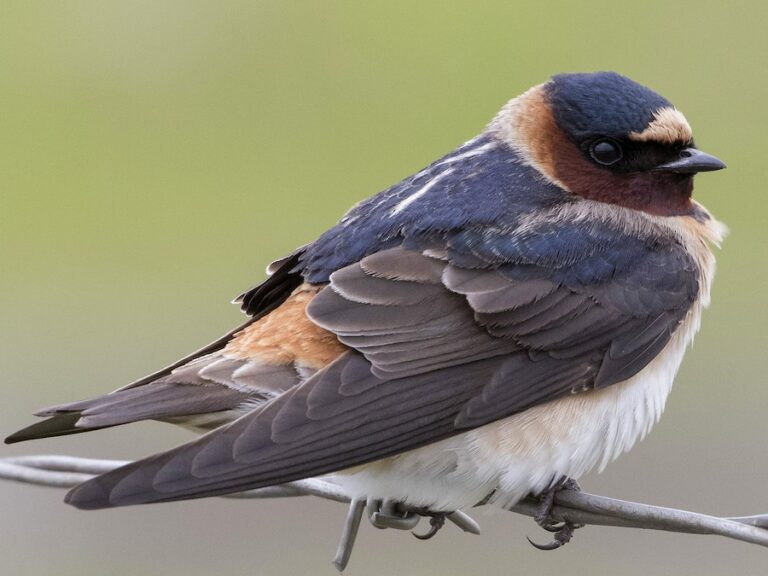5 Species Of Crows Found in Florida (ID Guide)
Did you know Florida is home to five different types of crows? This makes it a great spot for bird lovers and nature fans. You’ll learn about these crow species, how to tell them apart, their behaviors, and where they live.
Our guide will show you how to spot the American Crow and the unique Florida Scrub-Jay. You’ll get to know what makes each crow special. Let’s explore the world of crows together!
Introduction to Crows in Florida
Florida is home to many crows, adding to its rich bird life. These birds stand out with their unique calls and colors. They are also known for their smartness and ability to adapt.
Crows live in different places, from cities to the countryside. This shows how they can fit into many environments. Their smart ways help them survive and thrive.
Crows have a special way of living together in groups. These groups are like families and help each other out. They work together to find food and protect their home.
In Florida, crows are seen as mysterious and smart birds. They have been part of local stories for a long time. Watching them helps us understand their role in nature and how they change with the environment.
1. American Crow
The American Crow is a common bird in many places, especially in Florida. Learning how to spot an American Crow can make birdwatching more fun. Their shiny black feathers and interesting behaviors make them stand out.

Physical Characteristics
American Crows are easy to spot because of their looks. They are 17 to 21 inches long and weigh 11 to 21 ounces. Their strong bill helps them find food, and their shiny feathers make them look unique.
Behavior and Social Structure
American Crows are known for their group behavior, called a “murder.” They live in complex groups, solving problems together and sharing food. They use sounds to talk to each other, helping them stay connected.
Knowing how to spot an American Crow makes birdwatching in Florida more exciting. Watching their flight and group behavior shows their unique charm.
2. Fish Crow
The Fish Crow, known as Corvus ossifragus, is a unique Florida crow. It looks a bit like the American Crow but is smaller and has a special caw. Knowing about the Fish Crow helps us understand its place in Florida’s ecosystems.

Distinctive Features
This crow has many special traits. It has shiny black feathers and a unique caw. Its caw sounds high and nasal. It’s also smaller than the American Crow and has its own way of making sounds.
Habitat and Range in Florida
Fish Crows live near water, which is their main home. In Florida, they like coastal areas, rivers, and marshes. They are good at finding food in these places, eating things like invertebrates and fish scraps.
| Feature | Fish Crow | American Crow |
|---|---|---|
| Size | Smaller | Larger |
| Vocalization | Nasal caw | Typical caw |
| Habitat | Near water bodies | Open fields, forests |
| Diet | Invertebrates, fish scraps | Varied diet including grains and insects |
3. Florida Scrub-Jay
The Florida Scrub-Jay is a standout among Florida’s crows. It has unique traits that make it a hit with bird watchers. Found mainly in Florida’s scrub habitats, it has beautiful blue and gray feathers. It’s known for its social nature, often seen with family groups. This makes it exciting to watch for those into bird watching.
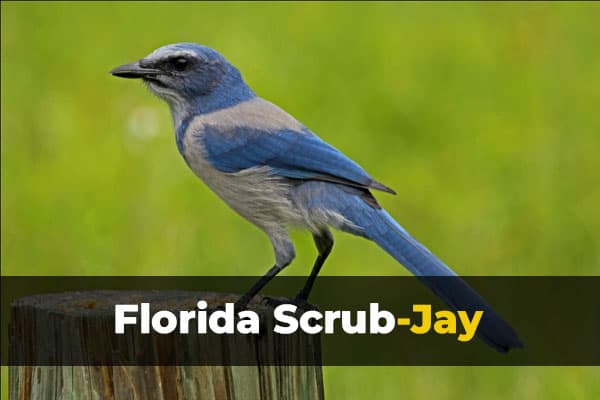
Identification Tips
Want to spot the Florida Scrub-Jay? Here are some tips:
- Coloration: Look for its bright blue head and wings, with a light gray body. The tail is also blue.
- Size: It’s a medium-sized bird, about 9 to 12 inches long.
- Social Behavior: They often hang out in family groups. This makes them easier to spot when they’re together.
- Habitat: Search for them in scrublands, especially where oaks and palmettos grow. They love these places.
Knowing these tips will help you better identify the Florida Scrub-Jay. It’s one of the unique crows in Florida you should look out for.
4. Blue Jay: Not a True Crow
Learning about the Blue Jay and its link to crows is interesting. You might see that Blue Jays and crows share some traits, despite being in different groups. These birds are both smart and adaptable, especially in how they live with each other and their world.
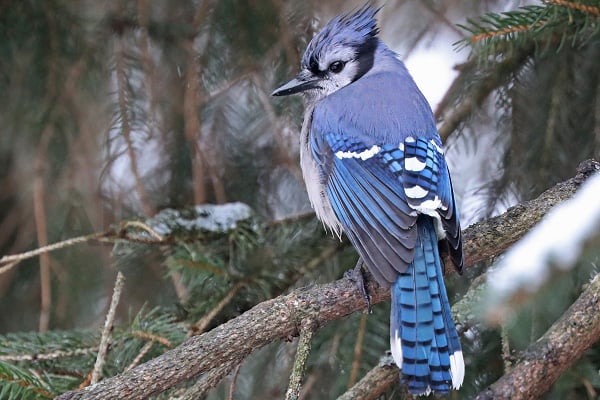
Similarities to Crows
Both the Blue Jay and crows are very smart. They act socially in tough places. They use special ways to talk to each other. They also work together to scare off dangers, showing they have complex social lives.
Behavioral Aspects
The Blue Jay is very adaptable, unlike crows. They live in many places and eat different foods. They like nuts, seeds, fruits, and sometimes small animals. This way, they can live where crows also go, showing how their lives can overlap.
| Feature | Blue Jay | Crow |
|---|---|---|
| Intelligence | High | Very High |
| Social Behavior | Mobbing, complex communication | Mobbing, vocalizations |
| Diet | Nuts, seeds, fruits, small animals | Fruits, insects, carrion |
| Coloration | Vibrant blue with white accents | Generally all black |
5. Black-Throated Magpie-Jay
The Black-Throated Magpie-Jay is a bird that catches the eye. It has beautiful blue and white feathers and a black throat. Birdwatchers love to see it in Florida because it’s so colorful and lives in certain areas.
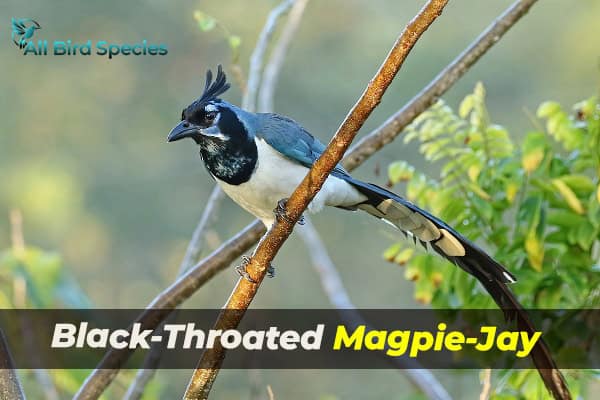
It likes open woodlands and scrub areas. This makes it easy to see its bright colors.
Physical Description
This bird has a long tail and looks unique. Its blue wings and tail stand out against white underparts. The black throat is a key way to tell it apart from others.
On average, they are 30–35 inches long. This makes them bigger than many other birds in their group.
Behavioral Traits
Black-Throated Magpie-Jays are very social and love to play. They live in small groups and have fun together. They can adapt to different places to find food.
This makes them interesting to watch. Their sounds add to the fun of birdwatching in Florida.
Where to Look for Crows in Florida
Finding crows in Florida is an exciting adventure. You can check out different crow habitats across the state. Places like cities, farms, wetlands, and beaches are great spots to see these birds. American Crows and Fish Crows love areas like trash sites, marsh edges, and parks.
To find crows in Florida, try visiting famous birdwatching spots. Some top places to go include:
- Everglades National Park
- Big Cypress National Preserve
- Urban green spaces such as parks and recreational areas
These spots offer beautiful views and a good chance to see crows. Always be alert and have your camera ready as you explore these areas.
| Location | Type of Habitat | Best Time to Visit |
|---|---|---|
| Everglades National Park | Wetlands | Morning and late afternoon |
| Big Cypress National Preserve | Swamp and forest | Early spring |
| Urban Parks | Green spaces | Year-round |
Diet and Feeding Habits of Florida Crows
Crows in Florida have interesting and flexible feeding habits. Knowing what they eat helps us understand them better. They eat a wide variety of foods, making them adaptable in different places.
Common Foods
Crows eat many things because they are omnivores. Here are some common foods they like:
- Insects: They hunt for beetles, grasshoppers, and caterpillars.
- Small rodents: Crows eat mice and other small mammals.
- Carrion: They eat dead animals, helping the ecosystem.
- Fruits: They enjoy ripe berries and other fruits.
- Seeds and nuts: They collect and store seeds for later.
- Human food: In cities, they look for leftovers and trash.
Crows are great at finding food. They search on the ground and hide food for later. Watching them can teach us a lot about these clever birds and their importance in nature.
| Food Type | Examples | Common Locations |
|---|---|---|
| Insects | Beetles, grasshoppers | Fields, gardens |
| Small rodents | Mice, voles | Urban areas, woods |
| Carrion | Dead animals | Roadways, natural decomposition sites |
| Fruits | Berries, apples | Orchards, forests |
| Seeds and nuts | Acorns, sunflower seeds | Wooded areas, parks |
| Human food | Leftovers, snacks | Picnic areas, city streets |
Breeding and Nesting Habits
Learning about crows in Florida is interesting. They start breeding early in spring. They show off in courtship displays and start building nests. These nests are made of sticks and soft stuff in trees or shrubs. This makes a safe place for their babies.
Watching how they nest shows us how tough these smart birds are.
Nesting Locations
Where a crow’s nest is key for their babies to survive. In Florida, nests are often high up in trees or hidden in thick plants. This keeps them safe from predators. They pick nesting spots based on food and safety.
Whether in cities or the countryside, crows adjust their nests to keep their chicks safe. This is crucial for their breeding success.
Egg and Chick Care
The female crow lays 3 to 7 eggs and incubates them for 18 days. The male helps by finding food and warning his mate of dangers. After the eggs hatch, both parents feed and protect the chicks.
They teach the young how to survive. This shows how complex crow breeding is. It also highlights the need to protect their homes for the future.

